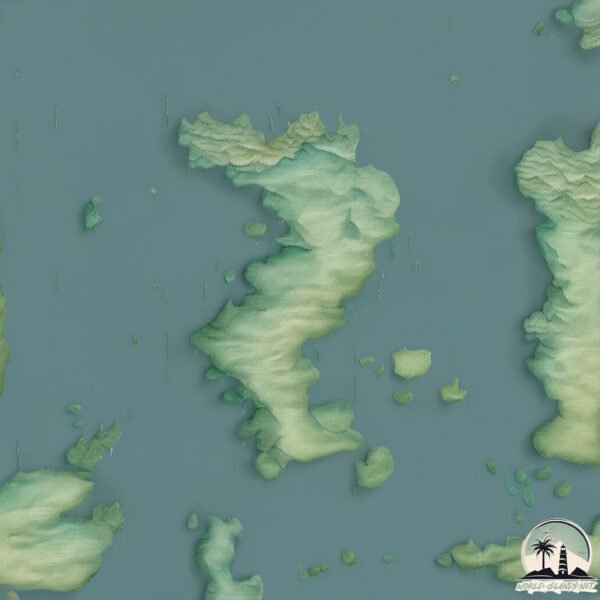Welcome to Change Island , a Continental island in the Labrador Sea, part of the majestic Atlantic Ocean. This guide offers a comprehensive overview of what makes Change Island unique – from its geography and climate to its population, infrastructure, and beyond. Dive into the details:
Geography and size of Change Island
Size: 25.5 km²Coastline: 60.3 kmOcean: Atlantic OceanSea: Labrador SeaContinent: North America
Change Island is a Medium Island spanning 26 km² with a coastline of 60 km.
Archipel: –
Tectonic Plate: North America – Covers North America and parts of the Atlantic and Arctic Oceans, characterized by diverse geological features and varying levels of seismic activity.
The geographic heart of the island is pinpointed at these coordinates:
Climate and weather of Change Island
Climate Zone: ContinentalClimate Details: Subarctic ClimateTemperature: Cold Summer
Climate Characteristics: Characterized by long, extremely cold winters and short, cool summers, often found in northern latitudes of North America and Eurasia.
Topography and nature of Change Island
Timezone: UTC-03:30Timezone places: America/St_JohnsMax. Elevation: 35 m Mean Elevation: 13 mVegetation: Deciduous Needleleaf ForestTree Coverage: 87%
The mean elevation is 13 m. The highest elevation on the island reaches approximately 35 meters above sea level. The island is characterized by Plains: Flat, low-lying lands characterized by a maximum elevation of up to 200 meters. On islands, plains are typically coastal lowlands or central flat areas.
Dominating Vegetation: Deciduous Needleleaf Forest
Vegetation: 9 vegetation zones – Very Highly Diverse Island
Infrastructure and Travelling to Change Island
Does the island have a public airport? no .
Does the island have a major port? no .
The mean population of Change Island is 10 per km². Change Island is Gently Populated. The island belongs to Canada .
Continuing your journey, Fogo Island is the next notable island, situated merely km away.
DANGROUS ISLAND
https://merch.rickyberwick.com/ ---------------------------------------------------------------- i shouldn't have social media BUT.. • Twitter ...
Island Style - 'Oiwi E feat. Jack Johnson | Song Across Hawai'i | Playing For Change Collaboration
Order our latest album Songs For Humanity now! ...
Islands On Earth If You Go To, You Will Die! #Shorts
Canada is classified as Developed region: G7: Group of Seven – Major advanced economies, including Canada, France, Germany, Italy, Japan, the United Kingdom, and the United States. The level of income is High income: OECD.
News – Latest Updates and Headlines from Change Island
Stay informed with the most recent news and important headlines from Change Island. Here’s a roundup of the latest developments.
Loading...
Please note: The data used here has been primarily extracted from satellite readings. Deviations from exact values may occur, particularly regarding the height of elevations and population density. Land area and coastline measurements refer to average values at mean high tide.

